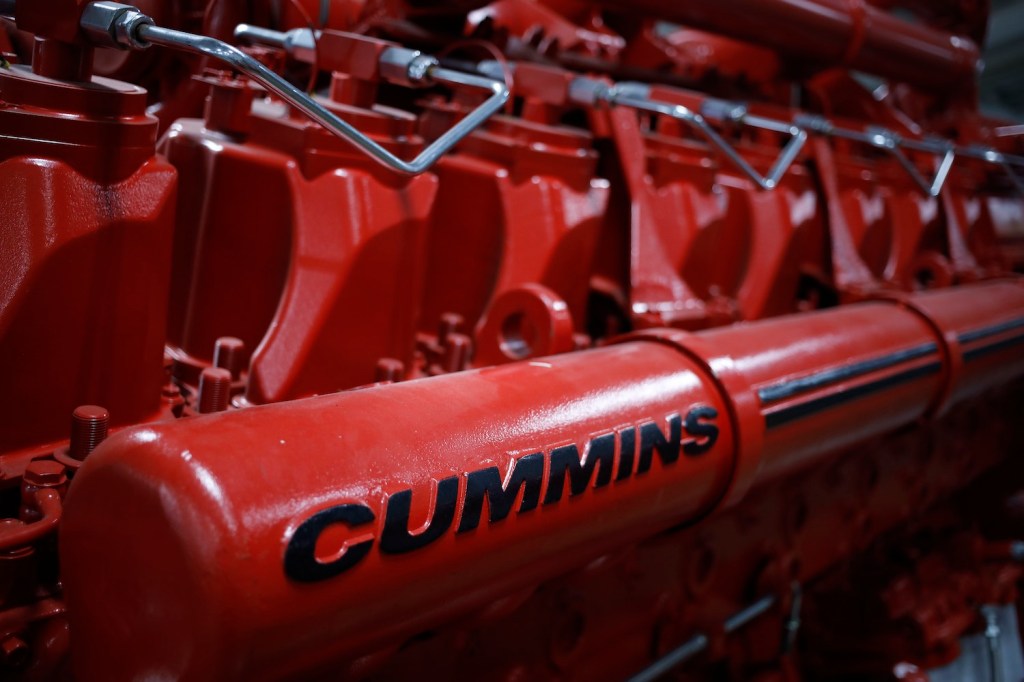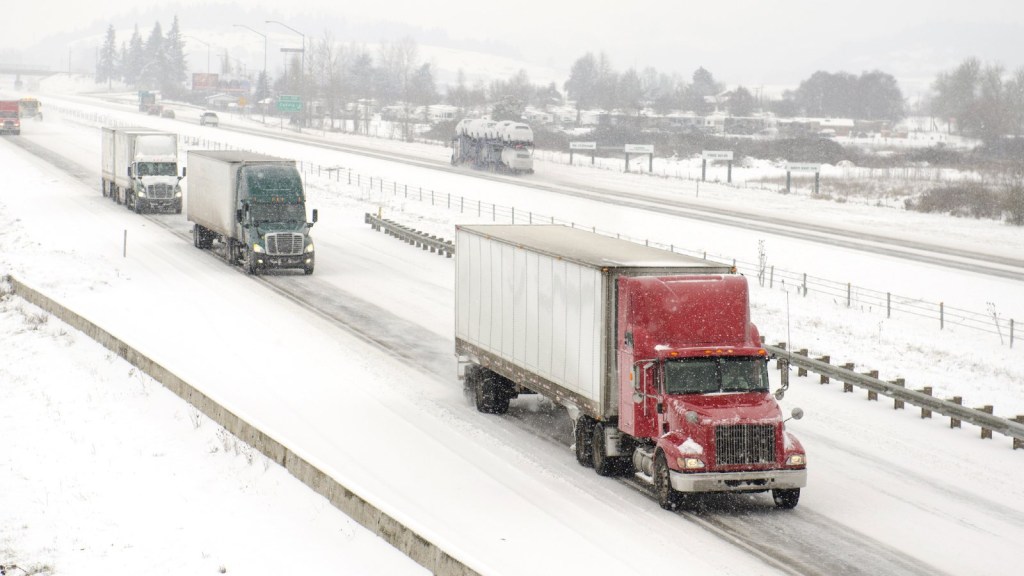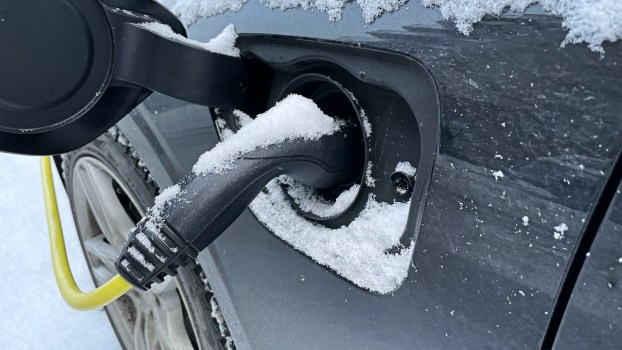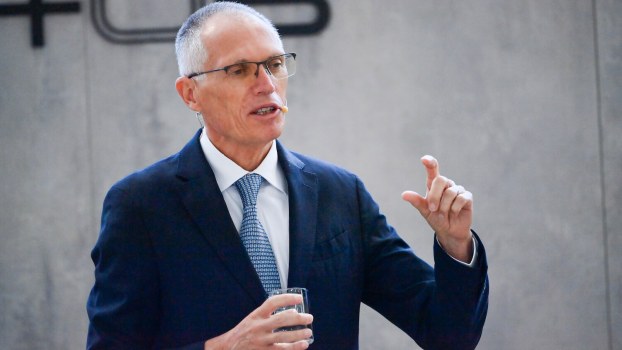
We May Need to Relax Diesel Emissions Save the Environment
Smog is no joke. For years, cities such as Los Angeles issued “smog reports” like weather reports. Visibility was bad and the health risks were real. So the EPA rolled out laws about the amount of smog a new car could release. And it has made these laws stricter every year, counting on automakers to innovate to meet new regulations.
Climate change caused by emissions is less obvious than smog. But scientists tell us it is every bit as real. And in the long term, could be much devastating to life on earth. At current rates, global average temperatures are on track to increase seven degrees by 2100. This could wipe out crops, trigger weather disasters, and even create mass migrations of climate refugees.
How do we stop climate change? Scientists tell us a major key will be reducing the overall amount of greenhouse gases released into the atmosphere. And we need to act as soon as possible. This is a major reason many are urging us to move away from internal-combustion-powered vehicles.
The most popular emissions-free vehicles on the market are electric. EVs with lithium-ion batteries accounted for 7.6% of U.S. auto sales in 2023, and that number was even higher abroad. Small, efficient lithium-ion powered EVs with DC fast charging capabilities could replace gas-powered commuters, because they are capable of even long-distance roadtrips.
But lithium-ion batteries do not have nearly the energy density of fossil fuels. With charge times of two hours or more, lithium-ion EVs don’t work as larger vehicles. We are seeing this with Ford’s plummeting F-150 Lightning production. Lithium-ion EVs are not a solution for industries such as trucking. There’s a good chance the Tesla semi truck can’t haul anything heavier than potato chips for more than 100 miles.

That brings me back to diesel engines. Some of the highest mpg vehicles in history have been efficient turbo diesels. Diesels have actually grown less efficient over the past two decades. Why? Because of strict regulations on smog gases. Specifically, Nitrous Oxides (NOx).
NOx emissions regulations have become so strict that automakers must reduce mpg and total power output to meet them. The majority of automakers have resorted to fooling the emissions tests so they can continue to build competitive diesel engines. Toyota, BMW, and Ram trucks are a few of the companies caught up in the latest round of these scandals. If it is still even possible to build a diesel engine that meets ever-tightening emissions standards, it won’t be for long.
These NOx regulations have successfully decreased smog in many cities around the developed world. But I would argue that because they have dramatically decreased the mpg–and increased the necessary size–of modern diesel engines, the NOx regulations are making global warming worse. The popular opinion seems to be that the diesel engine’s time has run out, and its alright for governments to regulate it to extinction. But the rough truth is that we don’t yet have a replacement.
There’s a trillion-dollar race to develop a more power-dense battery chemistry than lithium-ion. But if anyone gives you a definitive timeline for a better battery, they are lying. We still have no clue what the winning chemistry will be. Its discovery could be a year away or a century away.

We also need to be moving more of our freight and people via rail. And electric trains are much easier to build than electric trucks. But building out the necessary electric rail infrastructure will take years, possibly decades.
There are other technologies in development, such as powering electric motors with energy stored in hydrogen. This may be the best solution for large-scale trucking and air travel. But it will be a long time before this technology is cheap enough for most of the world, and for small businesses in the developed world. And its important to note that whatever commercial-grade trucks we build this year will likely be on the road for decades.
In the short term, the best solution might be diesel engines with two modes. In rural areas, they could emit more NOx gas but get better mpg than gasoline and emit fewer greenhouse gases. While doing deliveries in urban areas, they could go into a sort of low-speed “limp mode” that limits smog gases and protects nearby residents. With modern GPS technology, the switch-over could be automated. It could even be mandated by local municipalities. Unlike every other theoretical solution, this is one we could implement with current technology–for the 2025 model year.
Relaxing diesel emissions regulations may be a counter-intuitive way to fight climate change. But if emissions are truly as critical for our planet’s health as scientists argue, than these are desperate times. And desperate times call for desperate measures.
Next, read about alternatives to the combustion ban, or learn more about electric cars and the environment in the video below:






